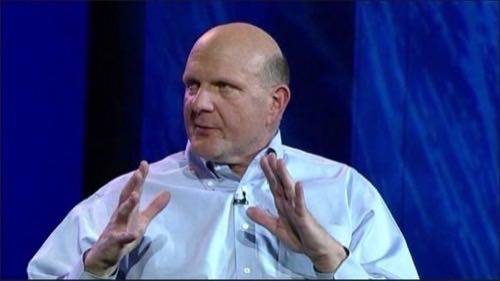
If you happened to see the movie Star Trek VI (the last one with the original TV cast) when it premiered in theaters in 1991, perhaps there may have been a moment (or a dozen) when something occurred to you: You didn’t have to dislike or even fail to appreciate these actors on-screen to realize, yep, there’s a reason why this is – and should be – their last performance in this venue.
Although the fellow who runs CES, the CEA’s Gary Shapiro, introduced Microsoft CEO Steve Ballmer Monday evening by saying that Microsoft would be taking a “pause” from CES keynotes after this year, if you sat through the entire hour and eighteen minutes, you probably felt it even if you’re a Microsoft fan. It really is time. One moment longer would be one too long.
For most of the keynote, Ballmer was seated across a patio table from American Idol host Ryan Seacrest, both trying nervously to generate banter like two cars trying to jump start each other in an Alaska snowstorm. It was clear that Seacrest hadn’t read much about the material before showing up on stage, as he was constantly searching for the location of his cues. TV people expect their cues to come from teleprompters, at eye level; public speakers look down toward monitors showing PowerPoint slides.
“We have a chance in the next year to really raise our game, our product line, to the next level, across phones, PCs, tablets, TV, the Xbox,” opened Ballmer. “And really the heart and soul of that will be our kinda featured attraction tonight, our new Metro user interface.”
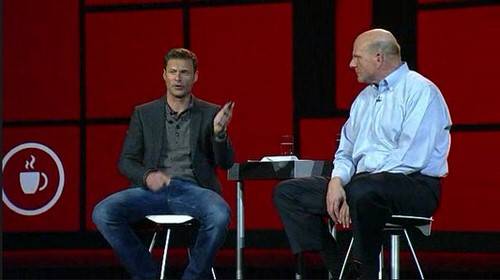
Not since 1995 has the layout of an operating system been considered the keynote attraction at an electronics conference. Metro is the overall style of layout being applied to new apps for Windows Phone, Windows 8, and now Xbox 360. “I think people will be kind of impressed at how it lights everything up.”
Seacrest thought that was a cue for something. It wasn’t, so he searched for some sense of direction. Finding none at eye-level, he quickly ad-libbed: “When you said, ‘Metro,’ you looked at me in a strange way… Is it the jacket, the sweater, or the combination?” Ballmer got the joke, and then feigned laughter, which is about the second most painful thing you can witness Ballmer ever doing.
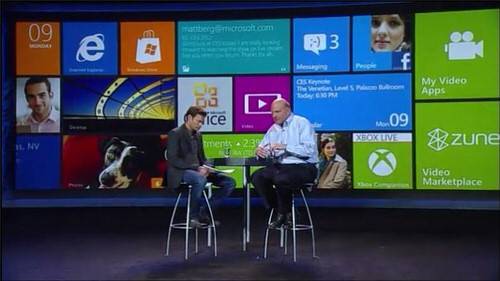
Even for a company that may yet have some irons in the fire, it was hard to watch this company stretch things out for time. There were truly painful moments, reminiscent of sitting through an infomercial for Time-Life Music, with some ’50s legend of the stage now running on fumes, filling an hour reminding you about how excited he was and how great the past used to be.
It’s no secret that stage show producers plant folks in the audience to help applaud at the right moments and generate enthusiasm (I’ve sat next to a few). This year, when the applause came from about eight people in response to the arrival on-stage of the Windows Phone part of the presentation, the groans from the rest of the crowd drowned them out.
Then Seacrest, who truly is a stranger to quiet crowds, tried to jump in and save the day, as though this were a Vegas lounge act and it was bombing. Holding out his hand in their direction as if to invite them to stand, he said, “The design team over here.”
“We definitely took a different approach than everybody else,” Ballmer then explained, “and I think we’ve got a unique and beneficial experience. All these phones these days, they all make calls, they connect to the Internet, they e-mail, social networks, blah-blah-blah-blah-blah,” he added in what has come to be heralded as Ballmer’s typically dismissive attitude toward market categories where his company is not the leader.
“If you take a look at it, the other phones make the sea of icons, the sea of applications, the kind of view of the world. What we’ve really done with Windows Phone, I think, is have a better way by putting your people, the people who are important to you, whether it’s dozens, hundreds, thousands, millions in somebody’s case, I might think,” the CEO added, trying to hand off to Seacrest. There was a train of thought there that would have been oh, so welcome at CES 2009, when Microsoft had a prototype concept but opted instead to hold those cards close to its chest, and tout Windows Mobile instead.
When Ballmer moved to the topic of Windows 8, the old syndrome continued to rear its ugly head: starting a new train of thought, building a metaphor, and then finding himself descending into a list of things popping into his head that, impulsively, he could not then ignore.
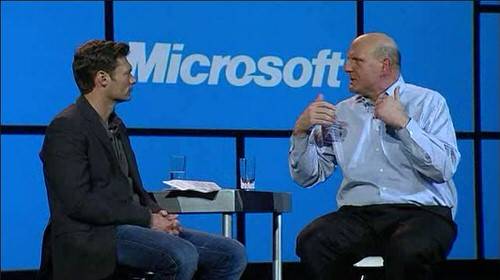
“Of course, things change – that’s the essence of this industry,” he replied to Seacrest at one point. “In some senses, maybe the only two things that are constant: Number one, things change. And number two, people don’t want to compromise on what they have today. They want the best of what they have and the best of what they want. Nobody wanted to give up anything they had on their desktop, for example, when the world moved to notebooks. It’s a wonderful thing. The Windows PCs evolved – it was a programming machine, it was a productivity machine, a music machine, a video machine, an Internet machine. But we don’t give up anything.”
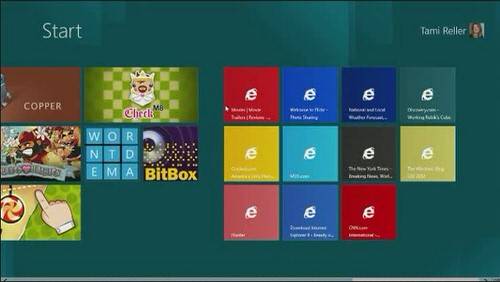
This evening, we saw the first sign of later builds of Windows 8 running on “Intel-inspired” ultrabooks, than the Developer’s Preview that premiered last fall in Anaheim. The green background tone of the Metro-style Start menu has been muted to more of a teal, and multiple saved bookmarks in IE10 are now multi-colored. Besides these factors, there was not much noticeable difference.

Easily the most painful moment of the evening came, sadly, from a gospel choir that had been hired to improvise wonderful, joyful sounds based on tweets that were being streamed in over the speakers’ monitors below stage. It wasn’t painful for the music; the voices were actually good. Some of the tweets they were singing were selected refrains of excitement from viewers looking forward to the upcoming Xbox-related announcements.
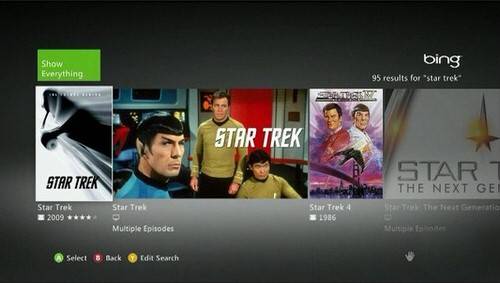
And here they were: The arrival of the Metro-style interface for selecting programming choices (which some Xbox players are already doing). This was followed by a preview of a Metro-style programming guide for Verizon FiOS, which will soon also be tailored for Comcast subscribers (who know they’ll still have to subscribe to Comcast’s HD STBs whether they use Xboxes instead or not).
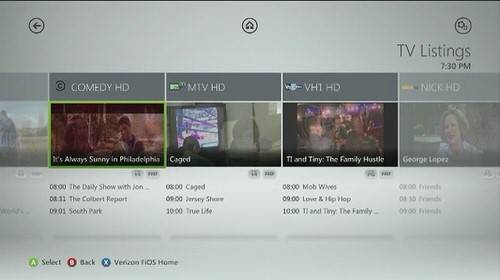

And a live demonstration of a little girl who was obviously a few years graduated from Sesame Street, using the Kinect tool to toss imaginary coconuts into Grover’s cardboard box.
Not all of these are bad things – certainly I would have seriously considered this Kinect app for my daughter had it been made available a decade earlier. It’s just that the first rule of public speaking is “Know Your Audience,” and this amalgam of software-related events, most of which we’ve already seen, speaks to a vastly different audience than the one assembled here in Las Vegas. The audience is doing the types of things that Ballmer describes as “blah-blah-blah-blah-blah.” There was a disconnect this year, a clear sign that Microsoft has moved one way and CES another. Rather than prolong the agony, perhaps it’s best to just say it’s time, and move on.










